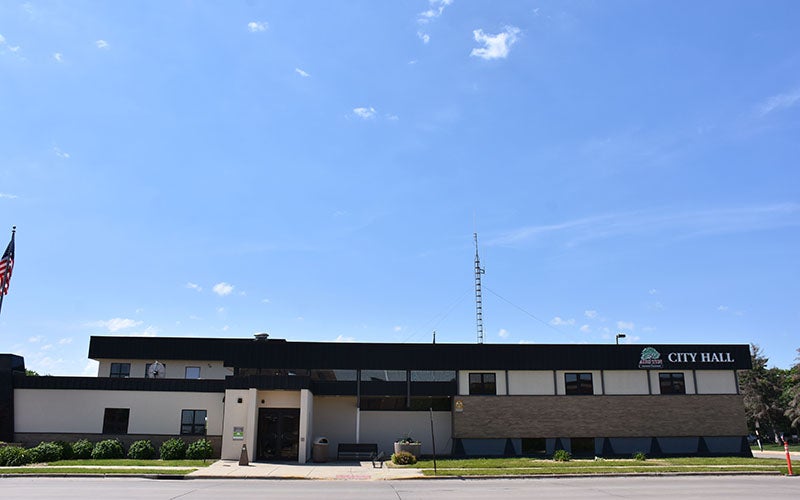Council lays beginnings for future projects
Published 11:26 am Tuesday, September 18, 2012
The Austin City Council is laying out the city’s next big endeavors.
The council reviewed a rough draft for upcoming city projects planned for the next five years at a work session meeting Monday night. The 2013-2017 Capital Improvement Plan requests a total of $102.7 million for the five-year period, which will be used to cover a variety of needs across city departments.
The requests include new vehicles for the police and fire departments, a list of street improvements, Austin Municipal Pool touch-ups and new carpeting for the Austin Public Library. Other items fell under the categories of flood mitigation, waste water treatment and the Jay C. Hormel Nature Center.
City staff submits the CIP annually to the City Council for review and approval. Once the council adopts this year’s CIP, staff can to plan for the projects approved for 2013. While the CIP is voluntary, having the plan helps the city anticipate and finance its upcoming projects, and helps it maintain its current credit rating, which keeps interest rates low on bonding for projects.
A limited part of CIP funds come from property taxes. Out of the $46.6 million going into CIP projects for 2013, a total of $437,000, or 0.94 percent, will come from the tax levy. The rest comes from investment earnings, user charges, outside donations and funding from state and federal governments.
Looking forward
Apart from discussing the CIP, council members also addressed several projects the city could under take in the near future.
—A city website redesign, which may or may not be approved for a Hormel Foundation grant when those are released in November, could otherwise be funded by taking advantage of unused mosquito spraying funds. The city saved about $12,500 in mosquito spraying this summer, and that money can be redirected for another purpose.
—The council also discussed switching to digital documents to reduce its paper consumption. Initial talks involved purchasing iPads for council members and possibly staff, though a cost estimate Monday suggested the move would add convenience but not save money.
Administrative Services Director Tom Dankert said the cost of the iPads plus installing wireless Internet in City Hall would far outweigh the price of paper and ink.
Several council members discussed going paper-free individually if they owned tablets, which would not cost the city.
—Finally, the council planned to consider at a later meeting requiring Austin residents who live off alleys to bring their trash up to the side of the adjacent street for collection. The move could lower road work costs for the city, said City Engineer Jon Erichson.
“You’re really hesitant to move some of the burden on the public,” Erichson said. “Probably one of the best things we could do, if we wanted to really pursue that, is move the garbage trucks out of the alleys.”
The trucks put extra wear and tear on alleys, making them need repairs and resurfacing more often. They also tend to be narrow, which can prove difficult to trash collectors driving large trucks.
“I’d rather do that than pay for my alley,” said Council Member Judy Enright.
Other business
During the regularly-scheduled City Council meeting before the work session, the council voted to:
—accept bids for three separate projects: removing fuel tanks from Riverside Arena and the Waste Water Treatment Plant, demolishing a building at 312 Seventh Ave. SE and constructing a tile drain system on 10th and 11th avenues from 18th to 21st streets.
—grant the Planning and Zoning Department the power to contract for the removal of junk and illegally stored vehicles from three Austin properties: 1210 10th Ave. NW, 611 14th St. NW and 1009 Second Ave. SW.
—authorize participation in the shovel-ready certified program with the state’s Department of Employment and Economic Development and allow half the cost to be paid through the city’s contingency fund.
—renew a Joint Powers Agreement with the Bureau of Criminal Apprehension to continue Austin’s involvement in the Minnesota Internet Crimes Against Children Taskforce. The group works with more than 100 other state and federal law enforcement agencies to protect children from online sexual predators.



